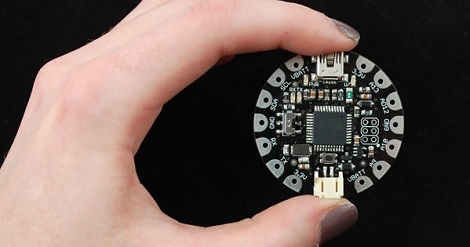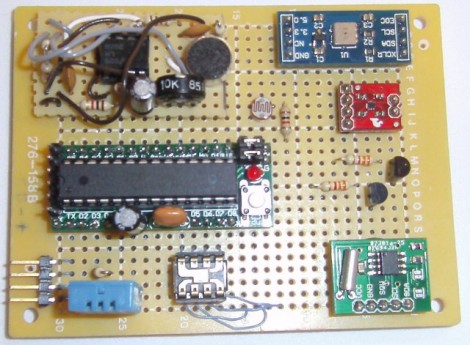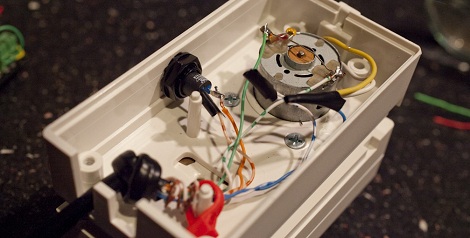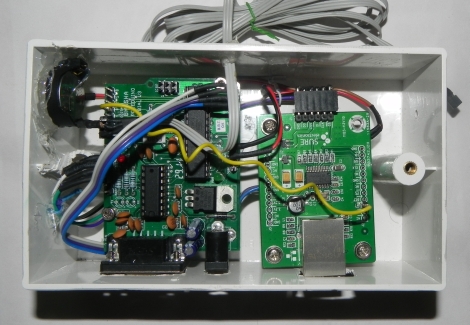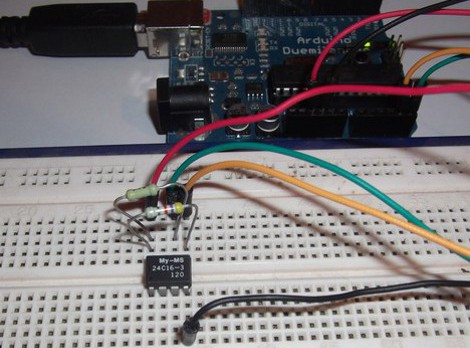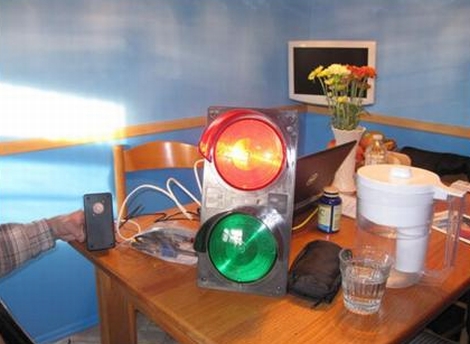
When [Paul Rea] started work with his current employer, he was intrigued by a traffic light that sat unused near the entrance of the “Engineering Loft” where he was stationed. He promised himself that he would get it working one day, but several years passed before he had the chance to take a closer look at it.
He took the light home with him over Thanksgiving weekend last year, and started to dig around inside to see how things were wired up. It turns out the light was a pretty simple contraption, though he discovered it ran on mains voltage, something [Paul] didn’t really want to fiddle with. He swapped out the traffic light’s bulbs for some low-voltage models, which he could easily power with a 12v wall wart.
[Paul] then added an Arduino and PIR sensor to the light fixture in order to detect when someone was leaving the Engineering Loft, warning those who are on their way in. He says that people don’t really pay attention to the light very much, though he is pretty happy with the results.
Continue reading to see a short video of the traffic light in action.
Continue reading “Stop Light Converted To Control Office Foot Traffic”


